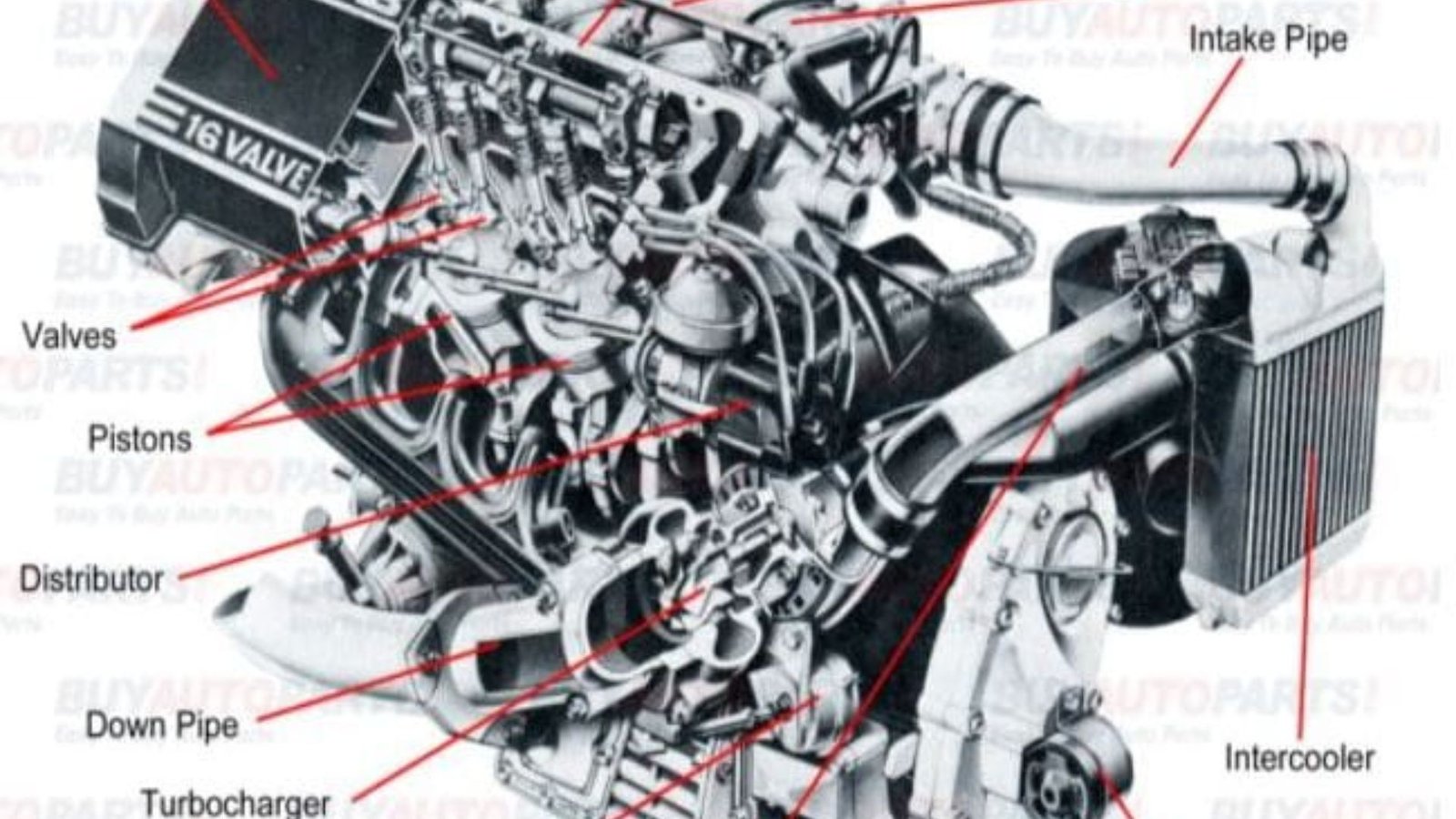Choosing the right engine for your vehicle is crucial for optimal performance, efficiency, and driving experience. Whether you’re buying a new car, replacing an engine, or customizing your ride, understanding the different types of engines and their benefits will help you make the best choice. Here’s a guide to help you how choose the right engine for your needs.

1. Understand Your Driving Needs
1.1 Determine Your Performance Requirements
Overview: Your driving needs play a significant role in choosing the right engine. Consider how you use your vehicle daily and what kind of performance you require.
Factors to Consider:
- Daily Commute: For city driving and short commutes, a smaller engine might be sufficient.
- Towing and Hauling: If you need to tow trailers or carry heavy loads, a more powerful engine is necessary.
- Performance and Speed: For high-performance driving or sporty vehicles, look for engines with higher horsepower and torque.
Examples:
- Small Engines: Ideal for city cars and fuel efficiency.
- V6/V8 Engines: Better for SUVs, trucks, and performance vehicles.
1.2 Consider Fuel Efficiency
Overview: Fuel efficiency affects your running costs and environmental impact. Choose an engine that balances performance with good fuel economy.
Options:
- Smaller Engines: Generally offer better fuel economy but less power.
- Hybrid Engines: Combine a traditional engine with electric power for improved fuel efficiency.
- Turbocharged Engines: Provide a good balance of power and efficiency by boosting engine performance.
Benefits:
- Cost Savings: Lower fuel consumption reduces overall expenses.
- Environmental Impact: Improved fuel efficiency contributes to lower emissions.
2. Know the Engine Types
2.1 Internal Combustion Engines (ICE)
Overview: Traditional internal combustion engines use fuel to create power through combustion.
Types:
- Inline Engines: Common and compact, good for most applications.
- V-Type Engines: Provide more power and are used in performance and luxury vehicles.
- Flat Engines: Offer a lower center of gravity, improving handling.
Pros:
- Established Technology: Widely understood and supported.
- Variety: Available in many sizes and configurations.
Cons:
- Emissions: Generally produce more emissions compared to newer technologies.
2.2 Electric Engines
Overview: Electric engines use electricity to power the vehicle, offering a clean alternative to traditional engines.
Types:
- Battery Electric Vehicles (BEVs): Powered entirely by batteries.
- Plug-in Hybrids (PHEVs): Combine electric power with a traditional engine for extended range.
Pros:
- Zero Emissions: No tailpipe emissions.
- Low Operating Costs: Reduced fuel and maintenance costs.
Cons:
- Range: Limited range compared to gasoline engines, though this is improving.
- Charging Infrastructure: Requires access to charging stations.
2.3 Hybrid Engines
Overview: Hybrids combine an internal combustion engine with an electric motor to improve fuel efficiency and reduce emissions.
Types:
- Full Hybrids: Can operate on electric power alone or in combination with the engine.
- Mild Hybrids: Use the electric motor to assist the engine but cannot operate solely on electric power.
Pros:
- Improved Fuel Economy: Better than traditional engines while still offering good performance.
- Reduced Emissions: Lower emissions compared to conventional engines.
Cons:
- Complexity: More complex systems may lead to higher maintenance costs.
3. Evaluate Engine Specifications
3.1 Horsepower and Torque
Overview: Horsepower and torque are key metrics that determine engine performance.
Definitions:
- Horsepower: Measures the engine’s power output.
- Torque: Measures the engine’s pulling power and is crucial for acceleration and towing.
Considerations:
- Balance: Ensure the engine has a good balance of horsepower and torque for your needs.
- Performance: Higher horsepower and torque typically offer better performance but may affect fuel economy.
3.2 Engine Size and Displacement
Overview: Engine size, often referred to as displacement, affects both power and fuel efficiency.
Metrics:
- Liters (L): Engine size is measured in liters; larger engines generally produce more power.
- Cubic Inches (CI): Some vehicles use cubic inches to measure engine displacement.
Considerations:
- Application: Choose an engine size that matches your performance needs and fuel efficiency goals.
3.3 Fuel Type
Overview: The type of fuel an engine uses can impact both performance and running costs.
Types:
- Gasoline: Common and widely available, suitable for most vehicles.
- Diesel: Offers better fuel economy and torque but may be noisier and produce more emissions.
- Ethanol: A renewable fuel that can be used in flex-fuel vehicles.
Pros and Cons:
- Gasoline: Widely available but may offer lower fuel efficiency.
- Diesel: Better fuel efficiency but may have higher maintenance costs.
4. Consider Future Needs
4.1 Anticipate Changes
Overview: Think about how your needs might change in the future and choose an engine that can adapt.
Factors:
- Lifestyle Changes: Consider potential changes in driving habits or vehicle use.
- Technology Advances: New technologies and improvements may affect engine options.
Benefits:
- Long-Term Value: Choosing a versatile engine can provide better long-term value and satisfaction.
Conclusion
Selecting the right engine involves understanding your driving needs, evaluating different engine types, and considering key specifications. Whether you prioritize performance, fuel efficiency, or environmental impact, making an informed choice ensures that your vehicle meets your expectations and adapts to your lifestyle. By carefully evaluating your options and considering future needs, you can find an engine that delivers the right balance of power, efficiency, and reliability.




